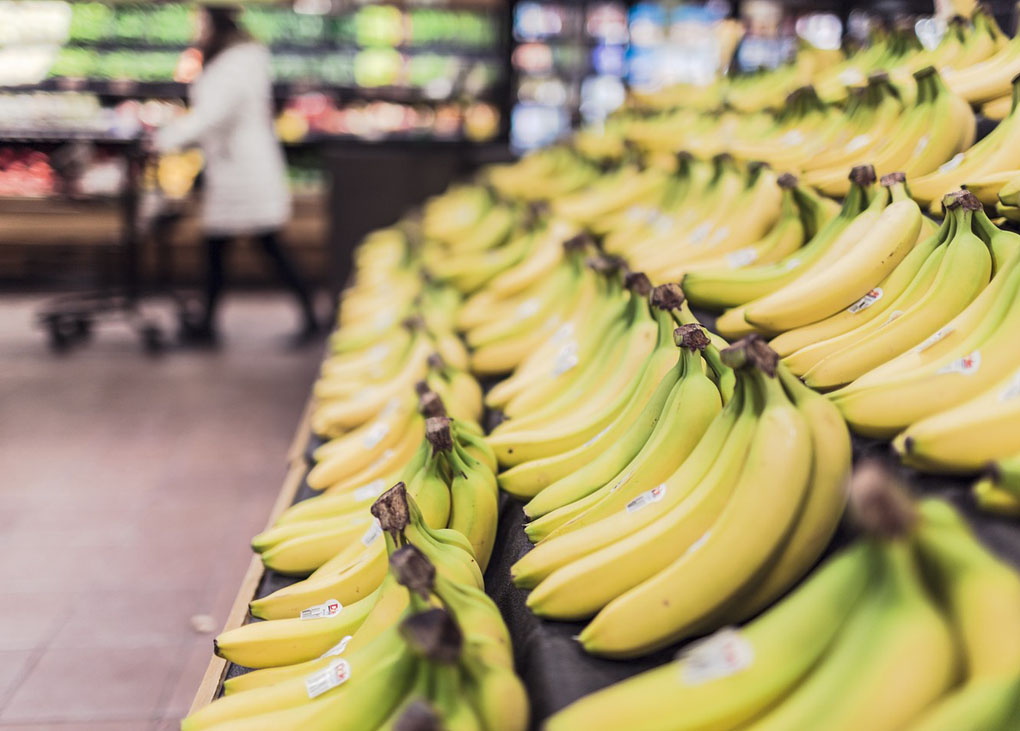Researchers from the University of Michigan (U-M) have completed a study that estimates nearly half of global food waste could be eliminated with fully refrigerated cold chains.
The weakest link in the (cold) chain
The UN’s Food and Agriculture Organization reports that around a third of the world’s food goes to waste annually. Researchers Aaron Friedman-Heiman and Shelie Miller from U-M believe applying fully refrigerated supply chains globally could save about 620 million metric tonnes of food waste, along with reducing waste-related emissions by 41 per cent.
Friedman-Heiman, lead author of the study, says he was surprised by the scale of opportunity for reducing food loss and waste globally.
“Approximately half of the roughly 1.3 billion tonnes of food that goes to waste annually can be solved through food supply-chain optimisation,” he says.
The study is based on a food-loss estimation tool the researchers built that assesses how improved refrigeration along the cold chain could impact food loss and the associated greenhouse gas emissions. The study highlights where the cold chain can be improved to reduce food waste.
Highlighting problem areas
Key findings included that the greatest opportunities to reduce food waste in less industrialised countries is throughout the supply chain between the farmer and the consumer.
The study also compared the supply chains between global, advanced food-supply chains with smaller, localised food chains.
Friedman-Heiman says localised food systems resulted in lower food losses than optimised global, refrigerated supply chains. This suggests the value of maintaining and supporting local food chains.
The study also finds that meat-related food loss causes the highest climate-related emissions. The high greenhouse gas intensity of meat production produces more emissions, with meat accounting for approximately 50 per cent of food loss-related greenhouse gas emissions.
The researchers hope their tool will be useful to everyone involved in the food supply chain.
“This analysis demonstrates that while increased refrigeration should lead to improvements in both food loss and greenhouse gas emissions associated with food loss, there are important tradeoffs associated with cold chain improvements by food type and region,” says Miller.
The study was supported by the U.S. National Science Foundation and by Carrier Global. The full paper is available to read here.



Leave a Reply